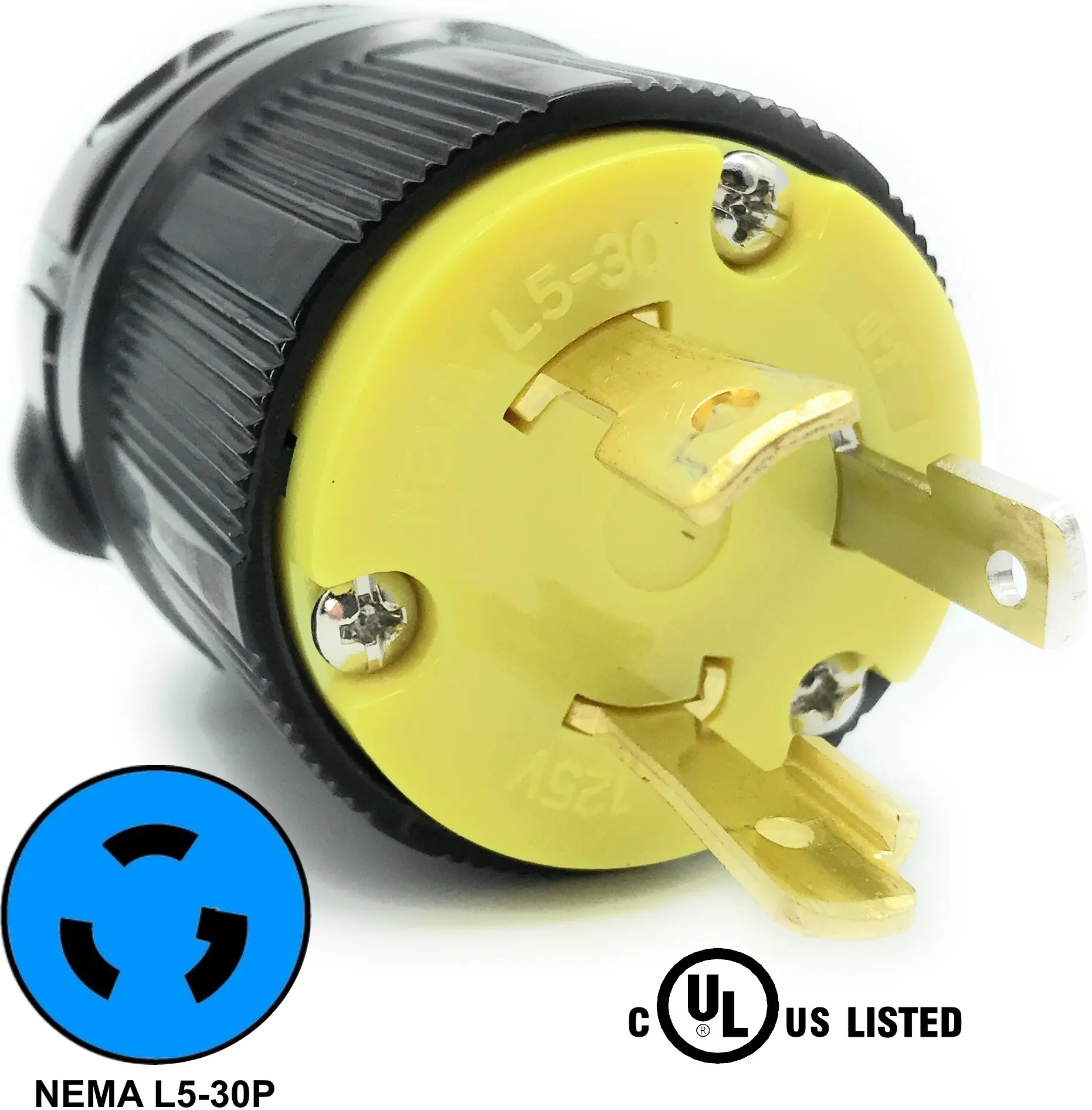

So at the core, higher voltages are used to decrease load current and save copper. Real heavy loads on big switchboard (propulsion, thrusters, pumps, >300kW loads), moderate on 450V (pumps) and light loads on 120V. 79999 Was 899. So between 5MW and 7MW is a grey area, where 690V is used with 500V switchgear (450V switchgear derated for 690V usage).īoth 6,600V and 690V use step-down transformers to get 450V and 120V. More expensive switchboard components and spares, specialized training, special PPE (rubber suits, gloves, boots, face shield), non-conductive stick to open/close circuit breakers. The three main voltages for ships are 450V (≤5MW), 6,600V (≥7MW) and 690V.Ħ,600V should be used for ≥5MW, but ship owners are reluctant to go there. There are a number of voltages above 450V, but the main ones are 6.6kV for ships and 11kV for offshore platforms.
#220 volt generator generator#
Maximum capacity for a 450V generator is around 2.5MW.Īs power requirements increase (electric-propulsion, reefers, LNG, passenger ships), higher voltage used to decrease \$I^2\ R\$ losses. IEEE45 recommend 450V for dual-voltage systems, with step-down transformers for lower power, land-compatible devices, lights, outlets, microwave, etc. 450V used for heavy loads to decrease currents in feeders and copper (pumps, fans). 450V switcboards would be the majority of diesel-propulsion ships.Ĥ50V generation and 440V utilization, ≤10V lost to wires.

IEEE 45: Recommended Practice for Electrical Installations on Shipboard recommend 120V for ≤15kW and 230V or 240V for ≤100kW. Same components, motors, lights, etc. No real need for switchboard. Which is the gist of the question! The problem is the electrical demand of ships is increasing. If you could get away with 24V or 48V, do it. There is a balance to selection of switchboard voltage for ships. Higher voltage, less current required to drive loads and thinner wires (less copper). But a lower voltage is a cheaper switchboard.


 0 kommentar(er)
0 kommentar(er)
